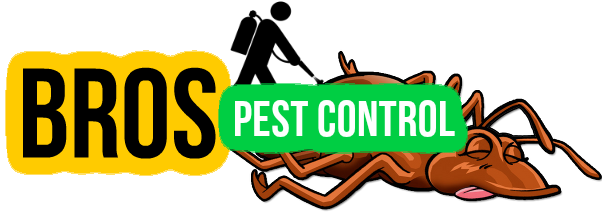Bee Removal Haverstraw, NY | Wasps, Yellow Jackets, Bumble Bees
Haverstraw Safe Bee Removal & Extermination
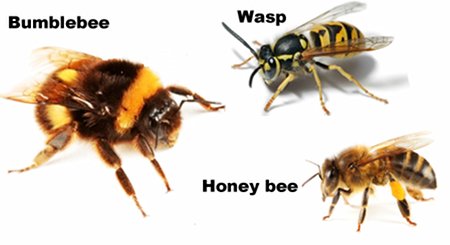 Are you looking for bee removal Haverstraw, NY? Bro’s Pest Control is your connection to safe bee removal and extermination services. Exterminators within our network specialize in: wasp control, hornet control, bee swarm removal and bee removal. Pest control services can also include sealing off the entrances and exits, repairs from hive and damage, as well as traps. Bee’s can pose danger, especially if a loved one is allergic. Contact Bro’s Pest Control today to control your bee problem in the Haverstraw area.
Are you looking for bee removal Haverstraw, NY? Bro’s Pest Control is your connection to safe bee removal and extermination services. Exterminators within our network specialize in: wasp control, hornet control, bee swarm removal and bee removal. Pest control services can also include sealing off the entrances and exits, repairs from hive and damage, as well as traps. Bee’s can pose danger, especially if a loved one is allergic. Contact Bro’s Pest Control today to control your bee problem in the Haverstraw area.
For Bee Control Haverstraw, New York Call, 1-888-497-9069
Specialized Bee Removal & Extermination
Bro’s Pest Control professionals can help you with all different bee problems including:
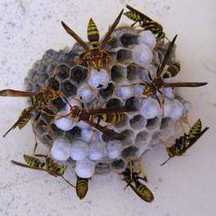 Removal of hives, bee swarm removal, yellow jacket removal, hornet removal, bumble bee removal and various of bee removal jobs. Bee removal Haverstraw, NY experts will come out to your home or business and remove unwanted bee’s safely and at a reasonable price. Same day appointments for bee removal can be scheduled, if needed. Ready for bee control Haverstraw, NY? Contact us today by calling 1-888-497-9069.
Removal of hives, bee swarm removal, yellow jacket removal, hornet removal, bumble bee removal and various of bee removal jobs. Bee removal Haverstraw, NY experts will come out to your home or business and remove unwanted bee’s safely and at a reasonable price. Same day appointments for bee removal can be scheduled, if needed. Ready for bee control Haverstraw, NY? Contact us today by calling 1-888-497-9069.
Bee, Wasp & Hornet Treatment
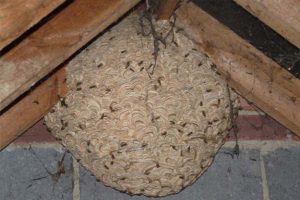 Bee, wasp or hornet treatment Haverstraw, NY will require one of our bee specialists to come out to your home to perform a free inspection. They will arrive fully equipped to eliminate your bee issue. The bee exterminator will identify the location of the nest, depending on the type of stinging insect problem you have, and eliminate/remove the problems to protect your family’s health and safety. In the case of a hornets nest, the technician will treat the nest and return to remove it after insuring that all the pests have been killed.
Bee, wasp or hornet treatment Haverstraw, NY will require one of our bee specialists to come out to your home to perform a free inspection. They will arrive fully equipped to eliminate your bee issue. The bee exterminator will identify the location of the nest, depending on the type of stinging insect problem you have, and eliminate/remove the problems to protect your family’s health and safety. In the case of a hornets nest, the technician will treat the nest and return to remove it after insuring that all the pests have been killed.
Bees are flying insects closely related to wasps and ants, known for their role in pollination and, in the case of the best-known bee species, the European honey bee, for producing honey and beeswax. For bee removal Haverstraw, NY — contact us today!
Bee Extermination Haverstraw, New York
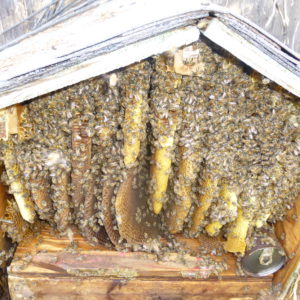 Assuming the bee's in question are not honeybee's, a Bro's Pest Control expert can exterminate them. Every year, beekeepers are called upon to give advice regarding the removal of honey bees (and other insect pests) from homes and buildings since honey bees are NOT to be exterminated. Honey Bee removal on the other hand, includes relocating the bee's to a different location. If you have a bumble bee, wasp or yellow jacket bee problem in Haverstraw, NY -- then extermination can be done. For wasp, bumble bee, hornet or yellow jacket extermination Haverstraw, NY -- please get in touch with Bro's Pest Control today!
Assuming the bee's in question are not honeybee's, a Bro's Pest Control expert can exterminate them. Every year, beekeepers are called upon to give advice regarding the removal of honey bees (and other insect pests) from homes and buildings since honey bees are NOT to be exterminated. Honey Bee removal on the other hand, includes relocating the bee's to a different location. If you have a bumble bee, wasp or yellow jacket bee problem in Haverstraw, NY -- then extermination can be done. For wasp, bumble bee, hornet or yellow jacket extermination Haverstraw, NY -- please get in touch with Bro's Pest Control today!
Haverstraw, New York
Haverstraw /ˈhævərˌstrɔː/ is a town in Rockland County, New York, United States, located north of the Town of Clarkstown and the Town of Ramapo; east of Orange County, New York; south of the Town of Stony Point; and west of the Hudson River. The town runs from the west to the east border of the county in its northern part. The population was 36,634 at the 2010 census.[2] The name comes from the Dutch word Haverstroo meaning "oats straw",[3] referring to the grasslands along the river. The town contains three villages, one of which is also known as Haverstraw. Haverstraw village is the original seat of government for the town, hosting the area's historic central downtown business district and the densest population in northern Rockland County.
Pesticides vary in their effects on bees. Contact pesticides are usually sprayed on plants and can kill bees when they crawl over sprayed surfaces of plants or other areas around it. Systemic pesticides, on the other hand, are usually incorporated into the soil or onto seeds and move up into the stem, leaves, nectar, and pollen of plants.[1]
Of contact pesticides, dust and wettable powder pesticides tend to be more hazardous to bees than solutions or emulsifiable concentrates. When a bee comes in contact with pesticides while foraging, the bee may die immediately without returning to the hive. In this case, the queen bee, brood, and nurse bees are not contaminated and the colony survives. Alternatively, the bee may come into contact with an insecticide and transport it back to the colony in contaminated pollen or nectar or on its body, potentially causing widespread colony death.[2]
